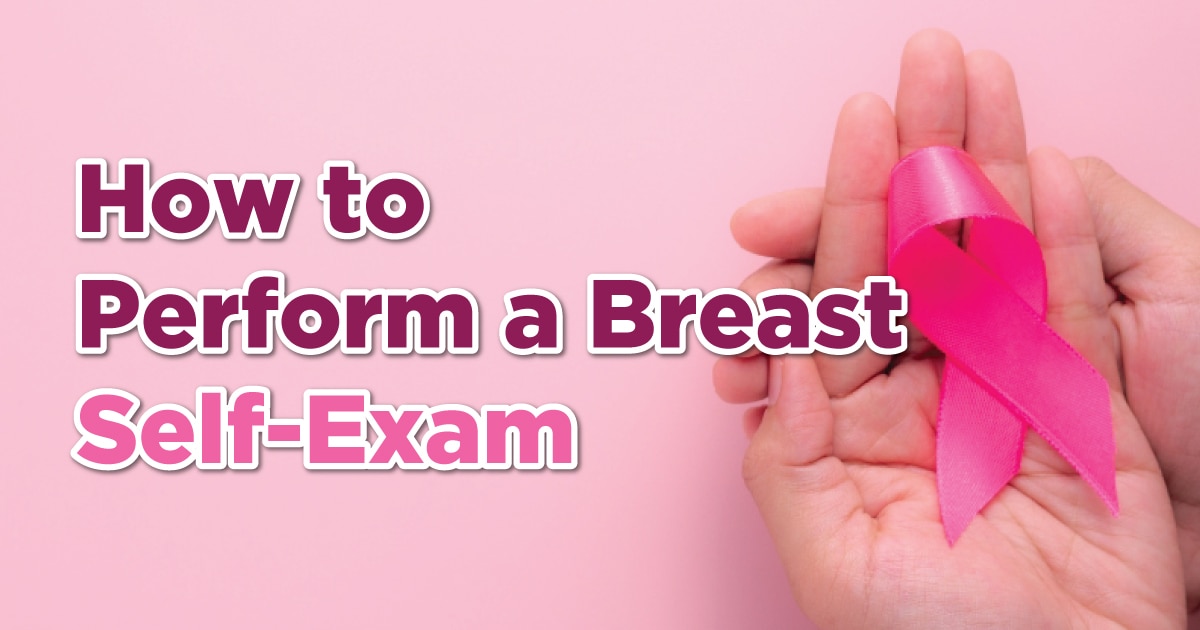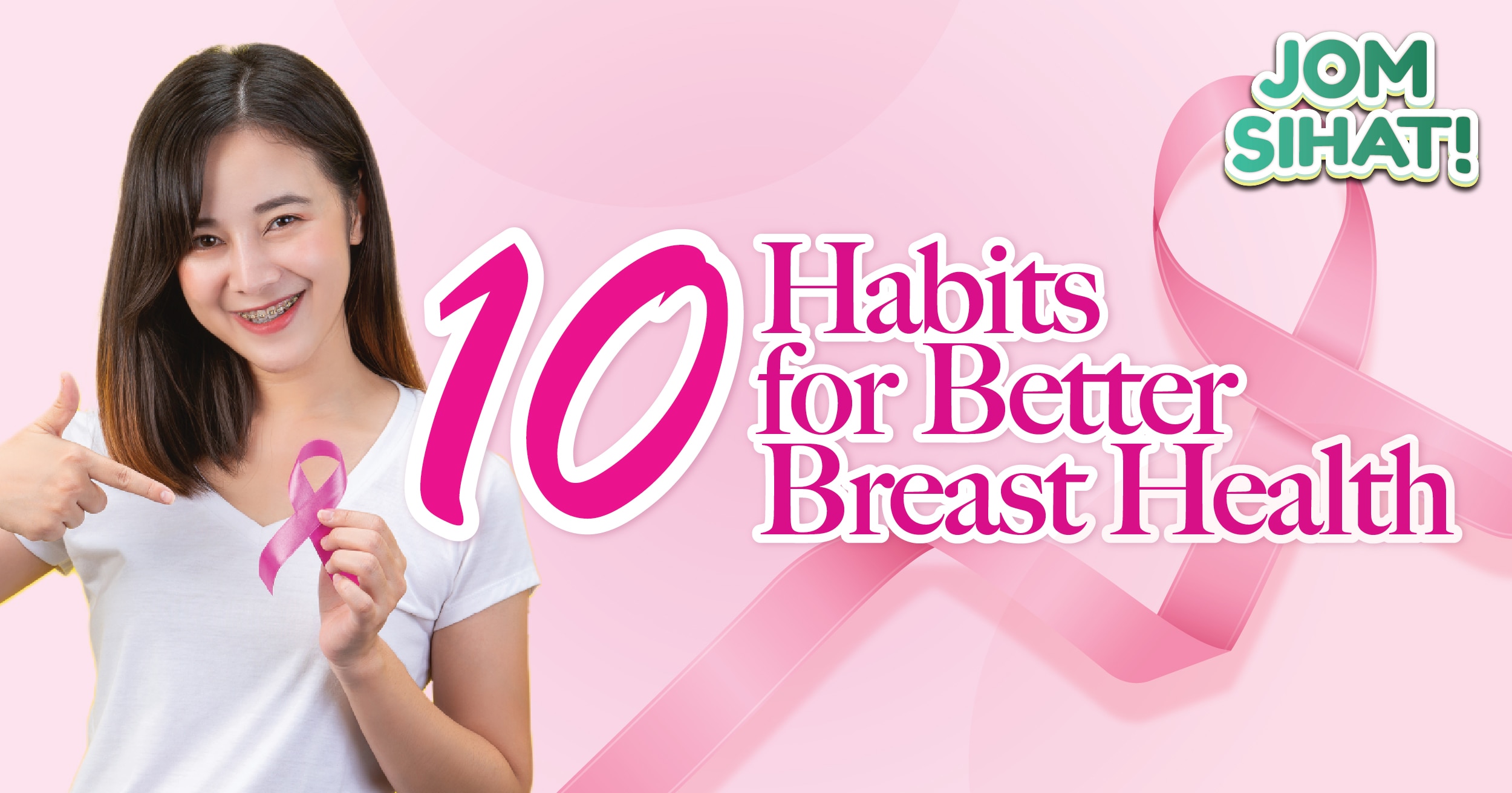Taking charge of your breast health is an essential part of overall wellness. Learning how to perform a breast self-exam empowers you to know your body better and detect early changes that may need medical attention. While self-exams are not a substitute for professional screenings, they are an important step toward breast health awareness and early detection.
What Is a Breast Self-Exam?
A breast self-exam is a simple way to check your breasts to understand how they normally look and feel. By becoming familiar with your baseline, it’s easier to notice any changes such as a lump in breast tissue, skin dimpling, or nipple discharge. It’s recommended to start self-exams in your 20s and perform them once a month. If you’re unsure how to begin, consult your healthcare provider for proper guidance.
How to Perform a Breast Self-Exam
According to Pantai Hospital, the ideal time for a self-exam is 3-5 days after your period ends. Post-menopausal women are recommended to conduct the test on a specific day each month (For example, every 1st of the month).

- Visual inspection: Stand in front of a mirror with your shoulders straight and arms on your hips. Observe for any changes in shape, size and color. Lift both arms and check for any skin dimpling, swelling, or redness.
- While standing up: Use your opposite hand to examine each breast. Using the pads of your three middle fingers, press with light to firm pressure in circular or vertical motions from the outer edge toward the nipple, covering the entire breast. Check for lumps, thick areas, or unusual changes, gently squeeze each nipple for discharge, and feel under the armpit for any lumps. Repeat on the other side.
- While lying down: You can also lie down to inspect your breasts as it’s easier to examine. Simply just place a pillow under your right shoulder and place your right arm behind your head. Finally, repeat step 2 above.
What to Look for During a Breast Self-Exam
Be aware of signs such as:
- Lump
- Changes in breast size or shape
- Skin dimpling
- Nipple inversion
- Nipple discharge (especially bloody)
- Redness
- Pain
Next Steps if You Find a Lump or Change
If you notice a lump or any change, don’t panic. Many lumps are not harmful. However, it is recommended to consult a doctor for further examination. Your doctor may recommend tests such as mammogram, ultrasound, or MRI to determine the cause.
Emotional support matters too. Talk to friends, family, or support groups. Remember, you’re not alone. Taking action early is a powerful step toward better breast health awareness and peace of mind.









